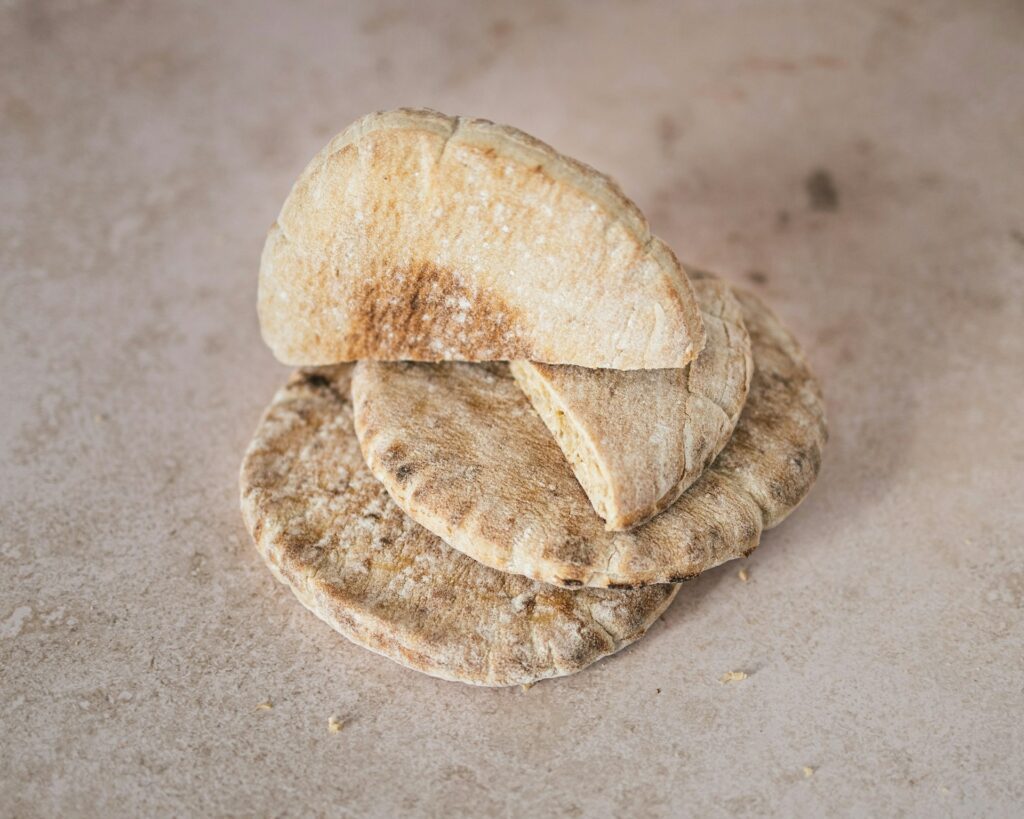Gyros are a delicious and flavorful dish that has captured the hearts of food lovers across the globe. This tasty street food, rooted in Greek tradition, offers a unique combination of flavors and textures. When we talk about gyros, we’re speaking of more than just a meal; we’re celebrating a rich culinary history that spans continents.
Originating from Greece, gyros have a storied past that goes back to ancient times. The method of cooking meat on a vertical rotisserie has been passed down through generations, preserving the authentic essence of the dish. This traditional preparation method gives gyros their characteristic flavor and juiciness, making them a beloved part of Greek cuisine.
As gyros made their way to America, they brought along with them their traditional ingredients and preparation techniques. What sets gyros apart are the savory slices of seasoned meat, the warm pita bread, and the fresh toppings that create a mouth-watering experience in every bite. Over time, gyros have evolved, adapting to new tastes while maintaining their core elements. This journey from Greece to America showcases not only the adaptability of the dish but also its timeless appeal that continues to win over new fans every day.
The Origins of Gyros: A Historical Overview
Gyros have a fascinating history that dates back thousands of years. The concept of cooking meat on a vertical rotisserie can be traced to ancient Greece and the Middle East, where warriors used to skewer and roast meat over open fires. However, the term “gyro” itself didn’t come into play until much later. In Greek, “gyro” means “turn” or “revolution”, aptly describing how the meat is cooked on the continuously rotating spit.
In Greece, gyros became popular in the mid-20th century. Immigrants from Asia Minor and the Middle East brought their culinary customs, including the vertical rotisserie method, to Greece. Over time, the Greek version of this dish evolved, incorporating locally available ingredients and seasonings, which gave rise to what we know today as gyros. The post-World War II era saw a surge in gyro stands popping up across Greece, making it a beloved street food.
The journey of gyros didn’t stop in Greece. As Greek immigrants moved to other parts of the world, especially to the United States, they brought this delicious dish with them. Each step of this journey added a new layer to the rich history of gyros, contributing to its evolution and global popularity.
Essential Ingredients That Make Up a Classic Gyro
A classic gyro is a harmonious blend of flavors and textures, thanks to its key ingredients. Here are the essential components that make up a traditional gyro:
- Meat: Traditionally, gyros are made with pork or lamb, although chicken and beef have also become popular options. The meat is marinated in a mixture of herbs and spices, then cooked on a vertical rotisserie to ensure it remains tender and flavorful.
- Pita Bread: Soft, warm pita bread is used to wrap the gyro. The bread needs to be durable enough to hold all the fillings but still soft and chewy to complement the meat.
- Tzatziki Sauce: This creamy, tangy sauce made from yogurt, cucumber, garlic, and herbs is a staple in a gyro. It adds a refreshing contrast to the savory meat.
- Fresh Vegetables: Sliced tomatoes, onions, and occasionally lettuce add freshness and crunch to the gyro. These vegetables balance the richness of the meat and provide a burst of flavor.
- Seasonings: The meat is often seasoned with a variety of spices like oregano, garlic, and paprika, which give the gyro its distinct taste. A dash of paprika or a sprinkle of oregano is sometimes added on top for extra flavor.
Each component plays a crucial role in creating the perfect gyro. The combination of marinated meat, soft pita bread, creamy tzatziki, and fresh vegetables makes for a delicious bite every time. This careful assembly of ingredients is what makes gyros an enduring favorite.
The Traditional Preparation and Cooking Methods of Gyros
The preparation and cooking of gyros are steeped in tradition, emphasizing both flavor and texture. The journey begins with selecting high-quality cuts of meat, typically lamb, beef, pork, or chicken. These meats are marinated in a blend of spices such as garlic, oregano, and olive oil, often with a touch of lemon juice to enhance the flavor. Marinating the meat for several hours, or even overnight, ensures that the flavors penetrate deeply.
Once marinated, the meat is layered onto a large vertical rotisserie. This unique cooking method is vital to achieving the gyro’s distinctive taste and texture. As the rotisserie slowly turns, the outer layers of meat cook to a perfect crisp while keeping the interior juicy and tender. The meat is then shaved off in thin slices, capturing a mix of crispy edges and tender inside pieces.
The final step involves assembling the gyro in a warm pita bread, topping it with fresh ingredients like tomatoes, onions, and tzatziki sauce. This combination of traditional marinating, cooking on a vertical rotisserie, and fresh toppings defines the authentic gyro experience. Each step in the preparation process is crucial, ensuring that every bite is flavorful and satisfying.
How Gyros Became Popular in America
Gyros made their way to America in the mid-20th century, brought by Greek immigrants who sought to share their beloved culinary traditions. Cities with large Greek populations, such as New York and Chicago, became hotspots for gyro shops, where the delicious and affordable sandwiches quickly gained a loyal following. The convenience and unique flavor profile of gyros appealed to a wide audience, making them a popular choice for street food and quick meals.
The gyro’s rise in popularity was further boosted by the growing interest in Mediterranean cuisine and healthier eating options. Gyros, with their lean meats and fresh vegetables, fit well into this trend, offering a flavorful yet balanced meal choice. American adaptations started to emerge, with variations using different meats and toppings, catering to diverse tastes while keeping the essence of the original gyro intact.
Over time, gyros became a staple in many American diets, featured prominently in diners, food trucks, and specialty restaurants across the country. Today, gyros are celebrated for their rich history and delicious taste, consistently attracting new fans and maintaining their status as a beloved street food.
Conclusion
Exploring the history and preparation of gyros reveals why they have become such a beloved food both in America and around the world. From their traditional roots in Greece to their widespread popularity today, gyros offer a perfect balance of flavors and textures that appeal to diverse palates. The meticulous preparation and cooking methods, coupled with fresh ingredients, ensure that each gyro is a flavorful journey into a time-honored culinary tradition.
At George’s Gyros Spot in Chesterton, Indiana, we are proud to bring this extraordinary dish to our community. Whether you are a lifelong fan of gyros or trying one for the first time, we invite you to experience the authentic taste that has made gyros a favorite for generations. Visit us and enjoy a gyro that stays true to its roots while offering the fresh, delicious flavors you crave.
Come to George’s Gyros Spot and taste the tradition and passion that go into every gyros menu we serve. We look forward to welcoming you and sharing the unique flavors of this iconic dish. See you soon!

